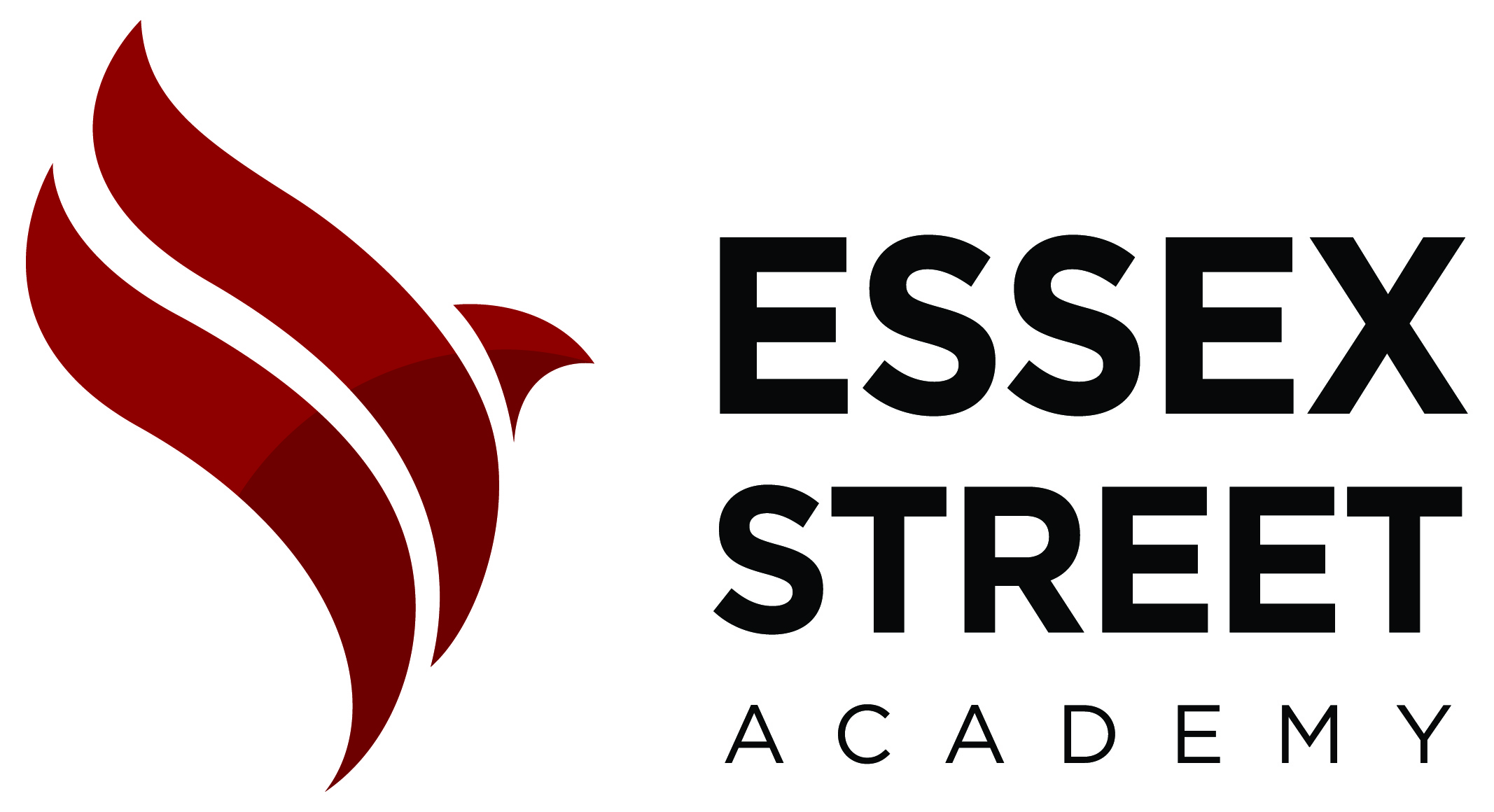This semester I was asked to teach a curriculum about 19th century Social Movements. The curriculum was designed by a retired teacher who worked hard to create materials and resources that were well developed and modified for all learners. I began my journey teaching about slavery and the Abolitionists Movement. Despite feeling like the topic has been taught over and over again and highlights the oppression of African Americans, I was eager to find a way to make it relevant, interesting and meaning. I used the resources created for the curriculum, but found myself creating materials in hopes that I would bring something new and exciting on a topic that has been beaten to death by so many. What I found was not only were the students tired of learning about slavery, I was creating this materials as a way to convince myself that the material was new and exciting and not creating more oppression for me and my students. I also found that in an effort to try and connect students’ history and experiences to their learning, we sometimes highlight more oppression than provide hope. I began to feel as if I was ignoring the needs and wants of my students because they should and must learn about their history at all costs, otherwise I am not being culturally inclusive with my content. As a result,the course became more difficult to connect to for us all and I found myself feeling guilty and also ignoring what was most important: listening to what my students feel they need to learn in order to enjoy learning and make meaningful connections. This led me which led me my problem of practice:
“How can I design a redesign a course in which students will learn about their cultural backgrounds but is also interesting, important and relevant?”
After a very intense department meeting with extremely supportive colleagues, my coworkers Cyndy, Eris and I came up with two unit plans that would connect slavery and abolition to New York City’s history of activism and current movements. I felt strongly that it was important not to lose what we have already learned and that there had to be a way to connect this period of history which is important to learn to who they are, where they are from and how we as black and brown people are still fighting for equality, but the key is we never give up until we see change. So after many emails and some conversations and planning sessions we devised a rough draft of our new and improved curriculum.
Here are the new ideas for our two last units.
Unit 1- Slavery and Abolition
Unit 2: Civil Rights Movement (1865-1965)
Unit 3: Modern NYC Movements
1. Community / Housing
2. Gentrification
3. Health Care
4. Fair Wages
5. Black New Yorkers
Our journey with rewriting the course and teaching the new materials as begun. We believe will make the learning experience for students in this course more meaningful and relevant focusing on not only their history but their neighborhoods and topics of interest. I can already see an increase in engagement. Students have also thanked both Cyndy and myself for taking their needs and wants into consideration. The beauty of writing your own curriculum is you can also revise and edit to meet the needs of your students.

Oh my goodness, Monique! I would love to take a class from you! Your ability to know the needs of your students and to meet their needs is incredible! Are you asking students to choose one of the Modern NYC Movements to focus on for the last unit? If so, you could do a jigsaw at the end of the course and allow students to share what they learned. This way, all students learn about it and can engage with each other in a meaningful way. Either way, to be a fly on the wall in your classroom :).